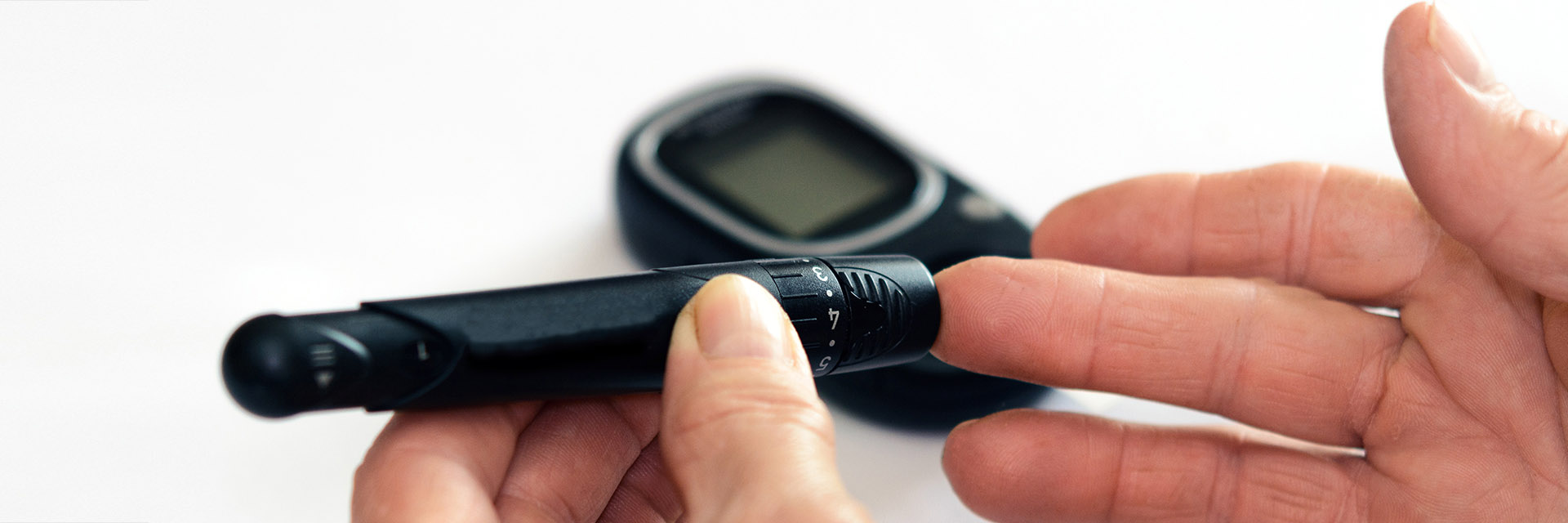While something with the word “pre-” in it sounds a bit harmless, without intervention prediabetes is likely to become Type 2 diabetes. But with lifestyle changes, research shows that you can delay the onset of Type 2 diabetes for at least 10 years. If you have pre-diabetes and you are overweight, losing just 7 percent of your body weight and exercising 30 minutes, 5 days a week can lower your risk of developing Type 2 diabetes.
Because prediabetes does not have any clear symptoms, it can be hard for you to know that you have it. Most often, your health care provider discovers it during routine testing, especially if you have a family history of the disease.
Risk factors for prediabetes and diabetes are the same:
- Family history
- Being overweight
- Leading a sedentary lifestyle
- Hypertension
- High cholesterol
- A history of gestational diabetes
- Women who have delivered a baby over nine pounds
- Polycystic Ovary Syndrome (PCOS)
Patients with the risk factors listed above are commonly tested using their fasting blood glucose levels, those present in the blood when you have not had anything to eat or drink (except water) for at least eight hours. An A1C test may be performed instead of a fasting plasma glucose test, which measures the average blood glucose for the past two to three months.
Since more than 2.1 million Texans have prediabetes and more than 3.2 million have diabetes, chances are you know multiple people with the disease. According to the Centers for Disease Control and Prevention (CDC), Palo Pinto County has the highest percentage per population of diabetics in North Texas, followed closely by Hood, Somervell, Parker, Wise, and Hunt counties.
There are multiple explanations as to why Texas may have higher incidence rates of diabetes and prediabetes, like its ethnically diverse population and an appetite for fried or smoked food that could give Big Tex a run for his money.
Diet is a huge contributing factor to the development of diabetes, but contrary to popular belief, consuming excessive amounts of sugar isn’t directly correlated to the disease. Carbohydrates and saturated fats are the more likely culprits. Since most Americans’ diet consists of 45 to 65 percent carbs, reducing our carbohydrate intake can be tough, particularly with foods that many Texans love, like rice, pasta, beans, tortillas, bread and sweets, which can also be high in saturated fat.
Although you may need to make some changes in what and how much you eat if you have been diagnosed with prediabetes, you do have some flexibility in deciding what you can eat and nothing is necessarily “off limits.” Consider using the 'Diabetes Plate Method', to help you make healthier options. Fill up half the plate with non-starchy veggies, a fourth of the plate with protein and the last fourth with whole grains.
The American Diabetes Association has an interactive tool, along with lists of diabetes-friendly foods to help you visualize the healthiest meal.
Lifestyle changes play an important role in preventing or delaying the onset of type 2 diabetes, starting with making regular visits to a primary care provider who can partner with you to monitor your glucose levels and answer any questions you may have.

